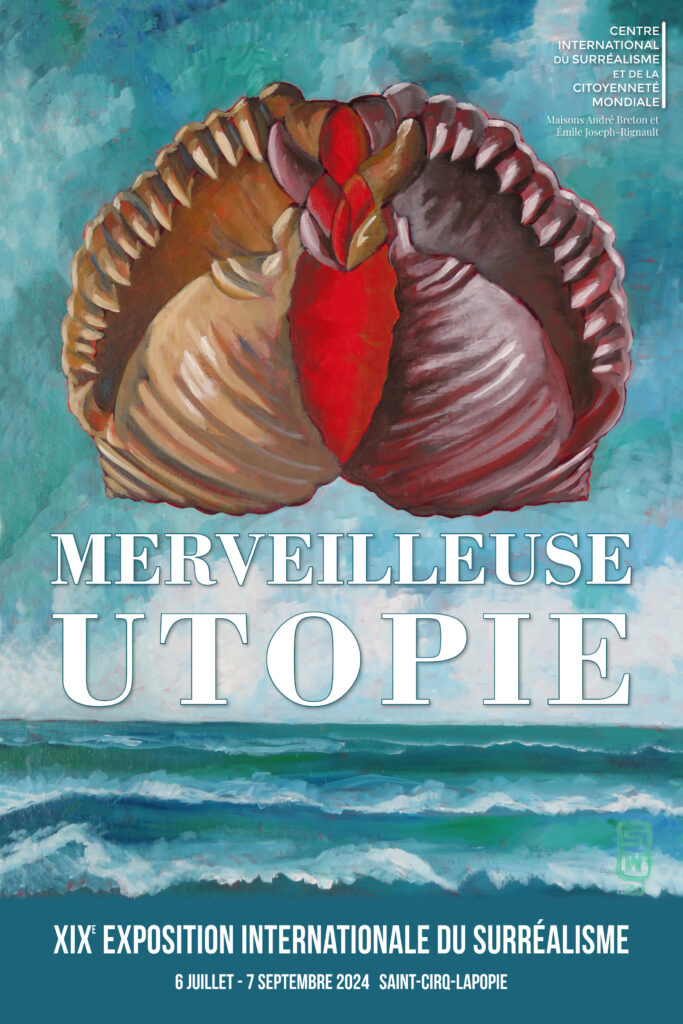[tta_listen_btn listen_text=”Click to listen to this story” pause_text=”Pause” resume_text=”Resume” replay_text=”Replay” start_text=”Start” stop_text=”Stop”]
Born in France in the wake of the First World War, the surrealist movement positioned itself as an artistic, poetic, and philosophical investigation of the unconscious and the irrational, in pursuit of revolutionizing the human experience. In honour of the centenary of the publication of the Manifesto of Surrealism by the movement’s founder, André Breton, events around the world are being held to commemorate surrealism’s aesthetic, ethical and political dimensions.

One such event is a major international art exhibit co-curated by York University Department of Humanities Professor S. D. Chrostowska with the Paris Surrealist Group of which she is a member. Dedicated to the persistence of surrealism as a living movement 10 years after its founding, Marvelous Utopia will run from July 6 to Sept. 7 in Saint-Cirq-Lapopie, France. It will bring together some 100 artworks, including paintings dating back to the movement’s beginnings in the 1920s as well as new pieces created specifically for this occasion.
The first such show to be organized by surrealists on French soil since 1965, Marvelous Utopia is conceived as a poetic and initiatory voyage across a “utopian archipelago” of five “isles”: Dreams, Revolt, Metamorphoses, Love and Abundance. To highlight surrealism’s history and continued vitality worldwide, the exhibit features not only surrealists who had been part of the original Paris Surrealist Group – most notably Hans Bellmer, Unica Zürn, Jorge Camacho and Michel Zimbacca – but also contemporary sculptors, painters and collagists active in France, Italy, Spain, the Netherlands, Czechia, Slovakia, Sweden, the U.K., the U.S., Mexico, Brazil and Argentina.
Surrealism has long been present in French and English Canada as well, going back to Breton’s travels in Gaspé, Que., in 1944. Canadian surrealists on display at Marvelous Utopia include Mimi Parent, Jean Benoît, Susana Wald and Bernard Sanschagrin. The show also features self-taught, “outsider” artists whose creative expression has enriched the surrealist vision from the 1940s onwards. Each contribution, Chrostowska says, offers a unique window into another reality.
“The exhibit’s theme – ‘utopia’ combined with ‘the marvelous’ – is meant to symbolize how surrealism today continues to champion the emancipatory value of the imagination,” explains Chrostowska, “unchained from the culture industry and the art-market commodification of taste.”
For more information about Marvelous Utopia and how to attend, for those fortunate enough to be in France this summer, visit the exhibit’s web page.
